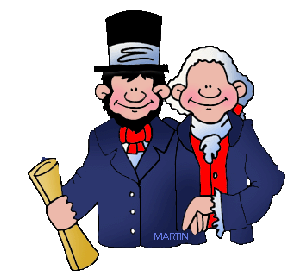Portuguese Explorers
The fifteenth and sixteenth centuries brought about an explosion of exploration, with Portugal and Spain leading the way.
Other countries such as the Netherlands and England were also part of the explorers of the time, but it was Portugal and Spain that devoted the most time and money into the ships that took them to faraway lands.

In some cases, the reason for such high percentages of exploration had to do with religion and politics. In other cases, they were motivated by the hope of wealth through trade.
The current trade routes that were being used took ships around the coast of West Africa and it took a long time and was very expensive. Some explorers were hoping to find alternate routes that would save time and open trade to India for spices.
New Ships
The Portuguese and the Spanish took advantage of new ship designs that would allow them to sail on the open oceans. Previous “galley” designs limited their travel to water areas that were more confined.
Both Spain and Portugal were in a kind of race to see which country could sail the furthest, find the shortest routes, and make claim to the most territories. In 1415, the Portuguese claimed Ceuta and Tangiers (today’s Morocco) and just 18 years later they were exploring the West African coast.
The race to see who could get the most land, especially in what was called the “East Indies” increased and by 1481 it required a papal decree by the Pope to say that all land that was south of the Canary Islands belonged to Portugal.
Roman Catholic Church
Over the years, the papal decree led to increased tensions between Spain, Portugal, and the Roman Catholic Church.
One of the problems with all of the explorers is that while we recognize the various islands and landmasses today, they were just discovering them and sometimes they got things wrong. Examples of this are found with many of the explorers as they thought they were in one location and were instead in another.
The tension between Portugal and Spain was so high that negotiations were undertaken between the two kingdoms to find a resolution. In 1494, the Treaty of Tordesillas was signed so that it created a dividing line 370 leagues west of the Cape Verde Islands. Portugal was given the West African Coast and the Indian Ocean route to India and part of the waterways of the Pacific Ocean.
Spain was given the Western Atlantic Ocean and the unknown lands that were in the west.
This treaty opened the gates for both Spain and Portugal to send out their explorers to find the riches of the world and open possible new trade routes.
Settlements in North America
It’s believed that João Fernandes Lavrador, the Portuguese mariner, discover the northeast Atlantic coast and Greenland In 1499 and 1500.
In 1502, the Canadian province of Newfoundland and Labrador were explored by Corte-Real brothers, who claimed these lands to be owned by the Portuguese Empire.
Was America Discovered Before Columbus?
Before 1492: The Portuguese Discovery of America’ is a book that has a compelling argument about this historic fact. You can read more about it here.
*Note – Christopher Columbus discovered America in 1492.
Some of the most notable Portuguese Explorers include:
- Bartolomeu Dias (1450-1500): the first European to sail around the Cape of Good Hope; discovered that by sailing around the coast of the continent he could reach India.
- Vasco da Gama (1460-1524): the first European to sail from Europe to India, opening a sea route that enabled trade with the Far East instead of solely relying on the Silk Road Caravan route.
- Ferdinand Magellan (1480-1521): A Portuguese explorer that sailed in a Spanish expedition, his goal was to go around the world, however, he became the first person to sail the Pacific Ocean and around South America.
What did you learn?
Portugal and what other country led the way in the 15th-century explosion of exploration?
Spain
What were the four reasons that motivated such increased 15th-century exploration?
Religion, politics, trade, wealth
What was the game-changer that allowed 15th-century explorers to sail on the open oceans?
New ship designs
What was the name of the treaty that settled the tensions between Portugal and Spain?
Treaty of Tordesillas
What was the original time-consuming land route from the Far East that the explorers sought to replace?
The Silk Road
What area did explorer Bartolomeu Dias sail around that helped to find a shorter route to India?
Cape of Good Hope



